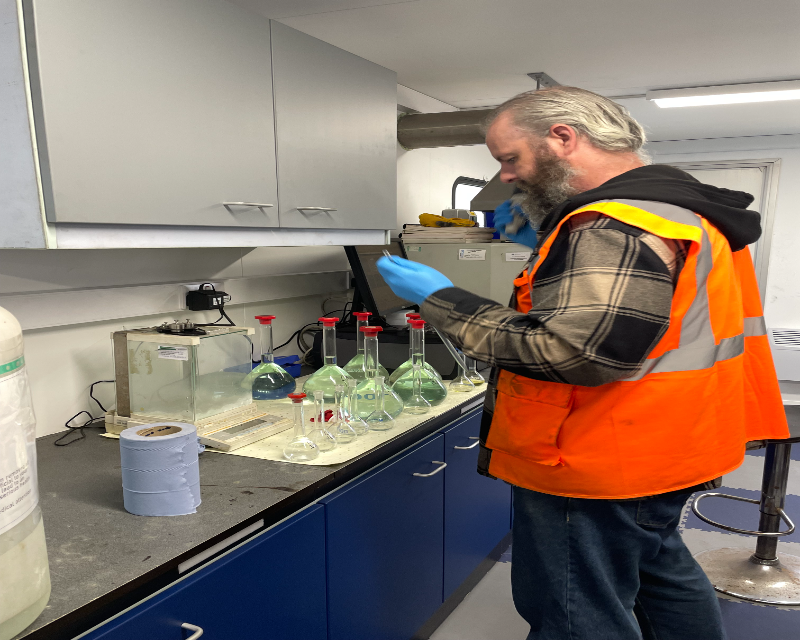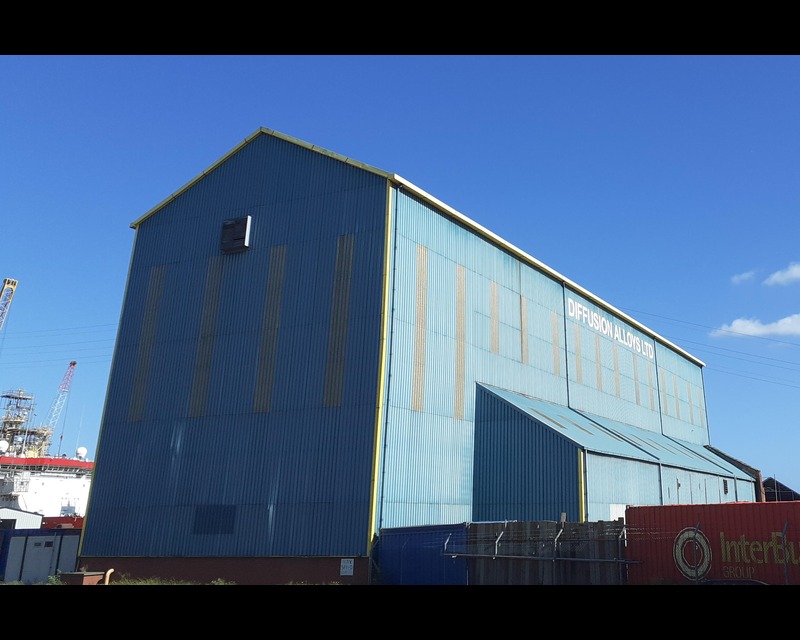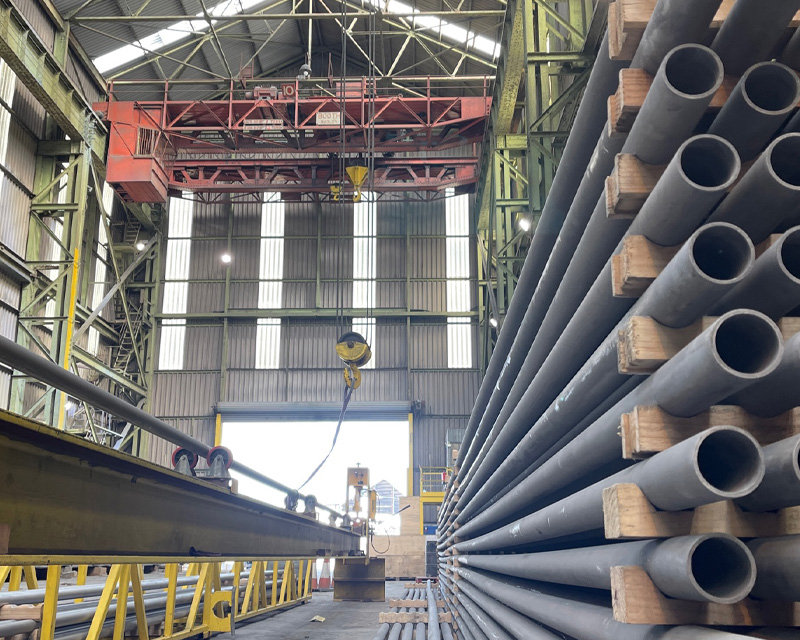
Understanding Diffusion Coatings
Diffusion coatings are engineered surface treatments that change the chemical composition of a metal’s outer layer to improve its performance in harsh operating conditions.
Unlike paint, plating, or spray coatings that sit on the surface, diffusion coatings are formed by atomic-level bonding the protective elements become part of the metal itself.
This difference is fundamental.
A diffusion coating doesn’t simply cover the substrate; it transforms it. The process provides long-term protection against oxidation, carburisation, sulfidation, wear, and metal dusting, challenges that limit the lifespan of components in industries such as hydrogen production, aerospace, power generation, and petrochemicals.
The Science of Diffusion Coating
In a diffusion process, atoms of a coating element, typically aluminium, chromium, or boron are driven into the surface of the base metal at elevated temperatures. This creates a graded zone where the composition transitions gradually from the substrate to the enriched surface layer. Within this zone, intermetallic compounds and solid-solution phases form that provide the protective properties. Because there’s no sharp boundary, diffusion coatings do not delaminate or peel. The result is a metallurgically bonded surface with exceptional stability under mechanical stress, temperature cycling, and corrosive environments.
Types of Diffusion Coatings
The most common diffusion coatings used across advanced industries include:
• Aluminising – introduces aluminium to resist oxidation, metal dusting, and scaling at high temperature.
• Chromising – enriches the surface with chromium for sulfidation and carburisation resistance.
• Boronising – forms hard boride layers for extreme wear and abrasion resistance.
• Duplex coatings – sequential treatments that combine diffusion layers (e.g. chromising + aluminising) for tailored performance.
All of these are achieved through controlled diffusion techniques such as pack cementation, vapour-phase coating, or slurry-based systems, depending on geometry and material type.
Why Diffusion Coatings Matter
For industries operating at the limits of material performance, diffusion coatings are often the difference between safe operation and premature failure.
They allow components to:
• Withstand oxidising and carburising atmospheres.
• Resist sulphur and halogen attack in process gases.
• Maintain surface integrity above 600–1000°C.
• Extend maintenance intervals and reduce replacement frequency.
Because diffusion coatings bond at the atomic level, they provide a reliable and long-term barrier that can outlast many alternative surface technologies. They are also fully compatible with complex geometries, internal channels, and components that cannot be coated by line-of-sight techniques such as spraying or physical vapour deposition.
Applications
Diffusion coatings are used wherever components face chemical or thermal degradation:
• Hydrogen reformers and process plants – preventing metal dusting and carburisation in high-carbon environments.
• Aerospace and gas turbines – protecting blades, vanes, and casings from oxidation and hot corrosion.
• Power generation – extending the life of high-temperature boiler, turbine, and heat-exchanger components.
• Clean energy and hydrogen systems – creating diffusion barriers that reduce hydrogen permeation and embrittlement.
• Tooling and mechanical components – improving wear resistance and performance stability.
Why Choose Diffusion Alloys
Diffusion Alloys has been developing and applying diffusion coatings since the early 1960s. Our experience covers all major diffusion systems, aluminising, chromising, boronising, and specialised hybrid processes. We design each treatment from first principles, considering alloy composition, geometry, and service environment. Every coating is validated by metallographic analysis, hardness testing, and diffusion-depth measurement, ensuring predictable performance under real operating conditions. The result is a service that combines scientific understanding with decades of industrial reliability.



